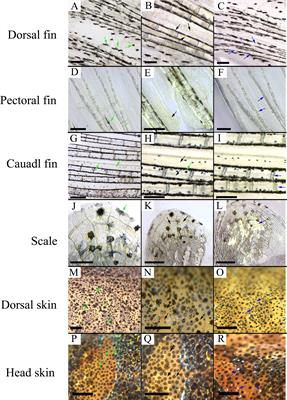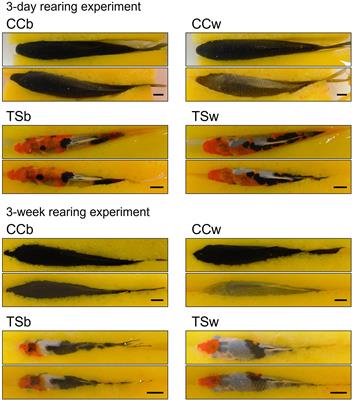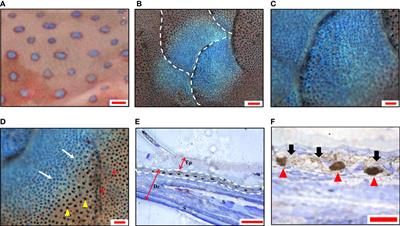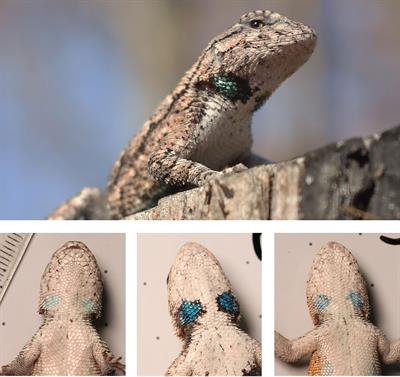EDITORIAL
Published on 19 Aug 2024
Editorial: Color change: neural and hormonal control of pigmentation
doi 10.3389/fendo.2024.1476470
- 570 views
2,648
Total downloads
14k
Total views and downloads
EDITORIAL
Published on 19 Aug 2024
ORIGINAL RESEARCH
Published on 30 Jun 2023

ORIGINAL RESEARCH
Published on 22 Dec 2022

ORIGINAL RESEARCH
Published on 20 Oct 2022

ORIGINAL RESEARCH
Published on 03 Mar 2022

